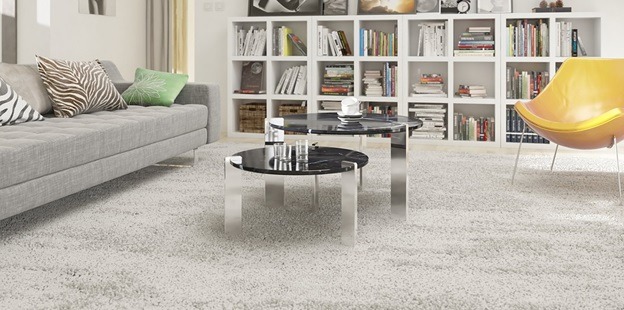The commercial roofing industry is witnessing a transformative shift as building designs become increasingly diverse and complex. This evolution necessitates that commercial roofing installers adapt their techniques, materials, and technologies to meet the unique requirements of modern architecture. One significant change is the move towards more eco-friendly and energy-efficient roofing solutions, driven by sustainability trends and regulatory pressures. Installers are now more frequently utilizing materials such as green roofs, cool roofs, and solar panel-integrated systems, which not only contribute to energy savings but also enhance the overall aesthetic appeal of commercial buildings. Each roofing type demands specific installation practices, materials, and maintenance strategies. For instance, flat roofs require excellent drainage solutions to prevent water pooling and subsequent damage, while sloped roofs must be designed to withstand environmental elements such as high winds and heavy snowfall. Installers are increasingly leveraging advanced roofing technologies, such as 3D modeling and Building Information Modeling BIM, to visualize and plan installations that align with the specific contours and features of diverse building designs.
These technologies facilitate better communication with architects and builders, ensuring that the roofing systems not only fit seamlessly into the overall structure but also meet performance and durability standards. Moreover, as commercial properties are often located in urban areas with strict zoning laws and limited space, installers must become adept at working in confined environments. This requires a shift towards modular and pre-fabricated roofing systems that can be assembled quickly and efficiently on-site. These systems not only reduce labor costs and installation times but also minimize disruption to ongoing business operations within the building. The focus on speed and efficiency is further emphasized by the need for roofing solutions that can be quickly replaced or repaired without extensive downtime, catering to the operational demands of modern businesses. The growing emphasis on smart building technologies is also reshaping the Commercial roofing installers NJ. Roofs are now often equipped with sensors that monitor conditions such as temperature, humidity, and structural integrity, allowing for proactive maintenance and reducing long-term costs.
Installers are increasingly required to understand and integrate these technologies into their roofing solutions, ensuring that they can support smart systems while maintaining the traditional functional aspects of roofing. Furthermore, as the commercial real estate market evolves, roofing installers must also consider the aesthetic preferences of building owners and occupants. Aesthetic appeal is becoming a critical factor in design, with property owners seeking roofing solutions that enhance the overall visual impact of their buildings. Installers are thus adapting their offerings to include a wider variety of colors, textures, and finishes, allowing for greater customization and alignment with the architectural vision of each project. In conclusion, commercial roofing installers are responding to the challenges posed by diverse building designs through innovation, technology integration, and an increased focus on sustainability and aesthetics. The ability to adapt to these evolving demands not only ensures the longevity and functionality of roofing systems but also positions installers as vital contributors to the architectural and environmental goals of modern construction.
